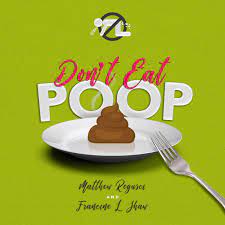

Advances in food packaging — from recyclable or compostable materials to more sustainable packaging practices — are changing the way the industry ensures food safety, while also addressing environmental concerns.

Advances in food packaging — from recyclable or compostable materials to more sustainable packaging practices — are changing the way the industry ensures food safety, while also addressing environmental concerns.

The coming FSMA 2026 regulations combined with the critical responsibility to safeguard consumers have raised the stakes for restaurant operators to enhance their digital food traceability capabilities.

A contentious battle between a food safety inspector and the local city council in Lewiston, Maine, has highlighted the challenges inspectors and auditors face and the importance of documentation.

Recent increases in norovirus outbreaks and continued outbreaks of salmonella-related foodborne illnesses highlight the need for more stringent food handling protocols.

Researchers from the University of Arizona are investigating the efficacy of irrigation water treatment on pathogen reduction in leafy greens.

The FDA has announced steps it is taking to address concerns about elevated lead levels in cinnamon, including a latter to industry, consumer warnings, calls for voluntary recalls and pursuit of additional authority from Congress.

The benefits of an integrated food safety management system — including cost efficiency, simplified compliance, enhanced food safety, global market access, improved collaboration, and adaptability to emerging challenges — far outweigh the implementation challenges. But there is much work to do.

Levee will lead the company’s food safety team and support its new retail foodservice business, McLane Fresh.

The FDA announced that, following completion of a voluntary phase-out, grease-proofing substances containing PFAS are no longer being sold for food packaging in the U.S. According to the agency, these substances represent the primary source of dietary exposure to PFAS.

Digital quality management solutions reduce the risk of food safety breaches and contamination events, and they are becoming increasingly accessible. Following, we look at the most effective technologies and what the industry is learning about when and how to incorporate technology into their food safety and quality systems.